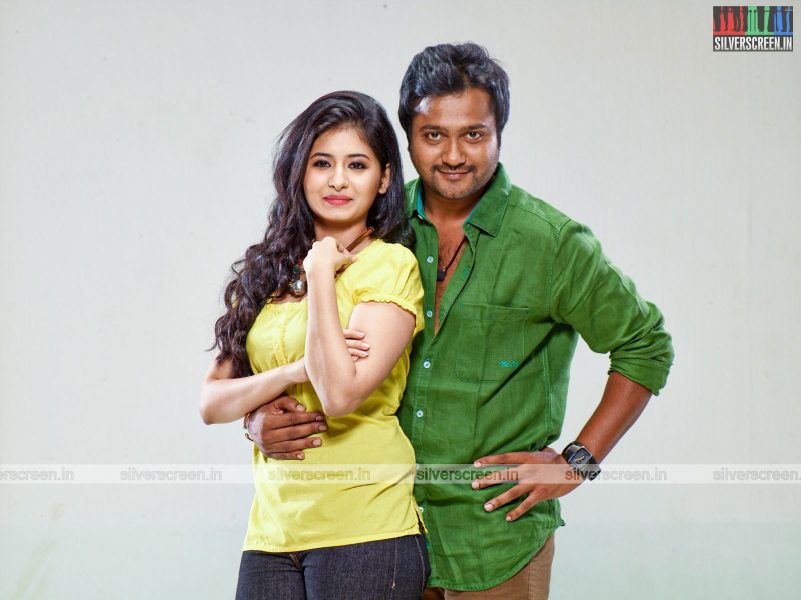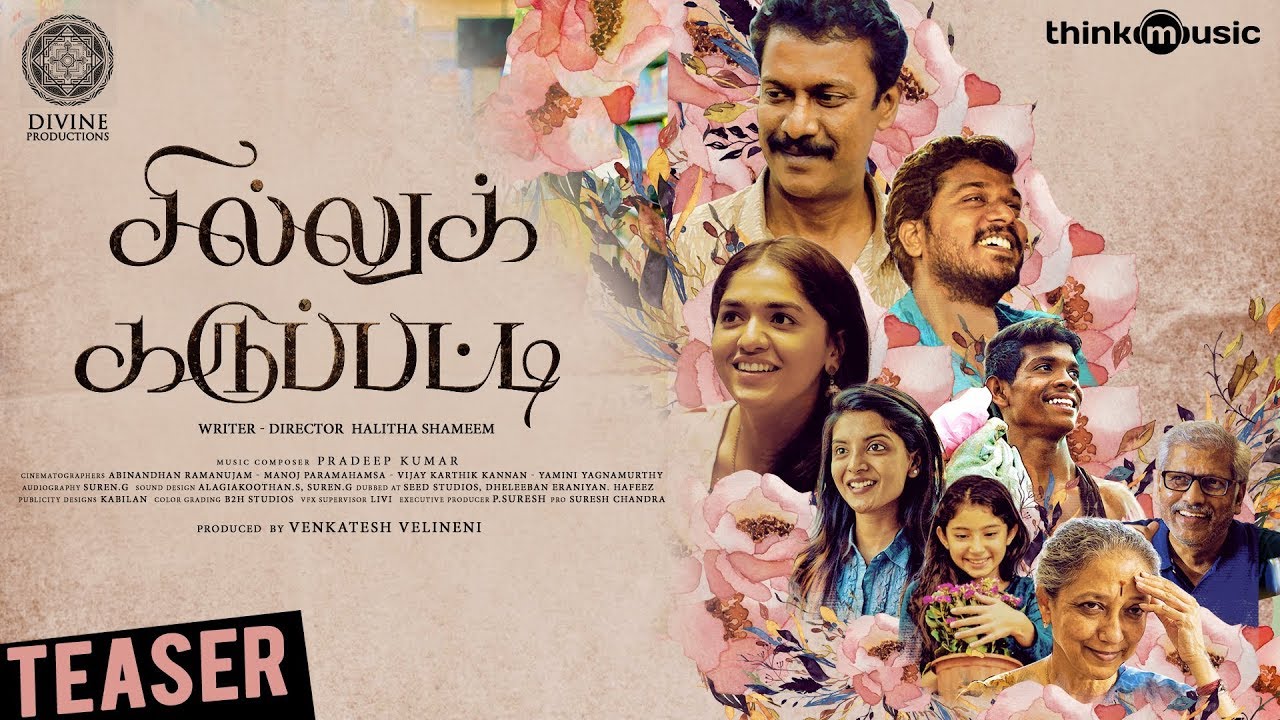Is past really dead, or is it alive, breathing the air around us, invisible to our naked senses? Kolkata-based filmmaker Prantik Basu’s Sakhisona is a wrap where past and present, myth and reality traverse and co-exist seamlessly. The film unfolds between two scenes – One in which a group of folk musicians are singing the ballad of Sakhisona at night by the side of fire, and an epilogue where a set of archaeologists are unearthing an ancient monastery and its surroundings where the characters from the ballad must have walked on in flesh and blood. The mood is profoundly serene.
Sakhisona is a fascinating tale of love, witchery, and despair, with sharp undertones of feminism. Set in an alluring West Bengal village, it is about a young woman who elopes with her lover, to live in a dense forest which is home to an enchantress who casts a spell on women to steal their men and turn them into goat. The breathtaking monochromatic visuals and the brilliant audiography constructs a mystic ambience, making the movie a compelling watch. A shot of a lone woman roaming the forest with a herd of goat. A fruit that appears in the pictures that she makes on rocks. A shot of a tree that whispers secrets to Sakhisona, slowly fading into the dark woods.
It’s the space that inspired the film, says Basu. “While we were doing recee for the film, the landscape of Tamhini Ghat seemed suitable for a fictional rendition of the tales from Mogulmari and that was the starting point for Sakhisona,” he said.
After graduating from FTII, Basu was was working independently on various short films and documentaries. The excavations at Mogulmari caught his interest, and he developed a documentary project on it. “I was applying for grants, both nationally and internationally to support the production. Then I got a call from FTII to make a short film for them as an external/guest director.”
The film won the Tiger Award for the Best Short Film (shared between two other winners) in the ongoing 46th International Film Festival Of Rotterdam.
Sakhisona was (perhaps) the last student project at FTII to have been shot on celluloid. “We were lucky to have been given a choice between digital and celluloid and it was an easy decision. The story is about excavation, memories, myths and their remains. It is like unearthing buried stories, in fragments. Like cinema, archaeology also unfolds in a spatio-temporal setting. In excavation, one doesn’t know what one would eventually discover,” he said.
Recommended
The crew used old stocks and push processed the negative to enhance the grains in the visuals. “We wanted the visuals to seem as though they were some archival footage. The choice of Academy standard film aspect ratio seemed suitable in this regard. Since we used some super-impositions (both on camera and on post) and stills, we eventually had to opt for a digital output, though we tried really hard to get a married print for the film,” he said.
Basu is currently busy with the post-production works of his first documentary feature, Jungle Mahal, funded by Tata Institute Of Social Sciences, Mumbai. The film will be completed in April. He is also working on his first feature film, Nectar.



